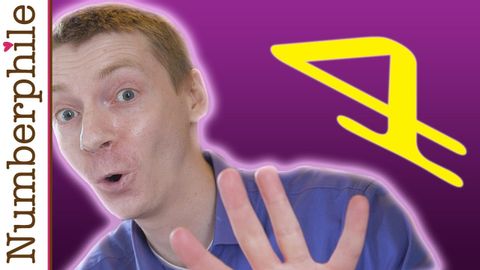
Subtitles & vocabulary
Fantastic Quaternions - Numberphile
00
林宜悉 posted on 2020/03/27Save
Video vocabulary
recognize
US /ˈrek.əɡ.naɪz/
・
UK /ˈrek.əɡ.naɪz/
- Transitive Verb
- To accept the truth or reality of something
- To consider something as important or special
A2TOEIC
More realize
US /ˈriəˌlaɪz/
・
UK /'ri:əlaɪz/
- Verb (Transitive/Intransitive)
- To become aware of or understand mentally
- To achieve or make something happen.
A1TOEIC
More immediately
US /ɪˈmidiɪtli/
・
UK /ɪˈmi:diətli/
- Adverb
- Without any delay; straight away
- Very closely in space or time; next to.
A1TOEIC
More negative
US /ˈnɛɡətɪv/
・
UK /'neɡətɪv/
- Noun
- The opposite to a positive electrical charge
- In grammar, containing words such as 'no' or 'not'
- Adjective
- Being harmful, unwanted or unhelpful
- In mathematics, being less than zero
A2
More Use Energy
Unlock All Vocabulary
Unlock pronunciation, explanations, and filters
